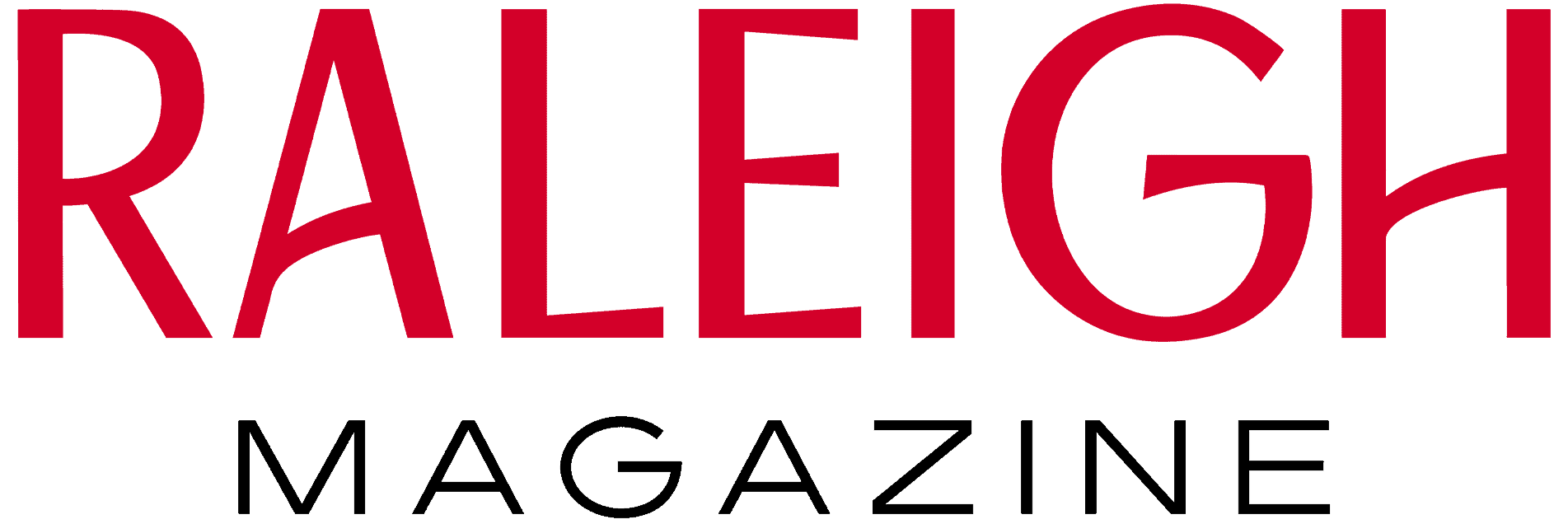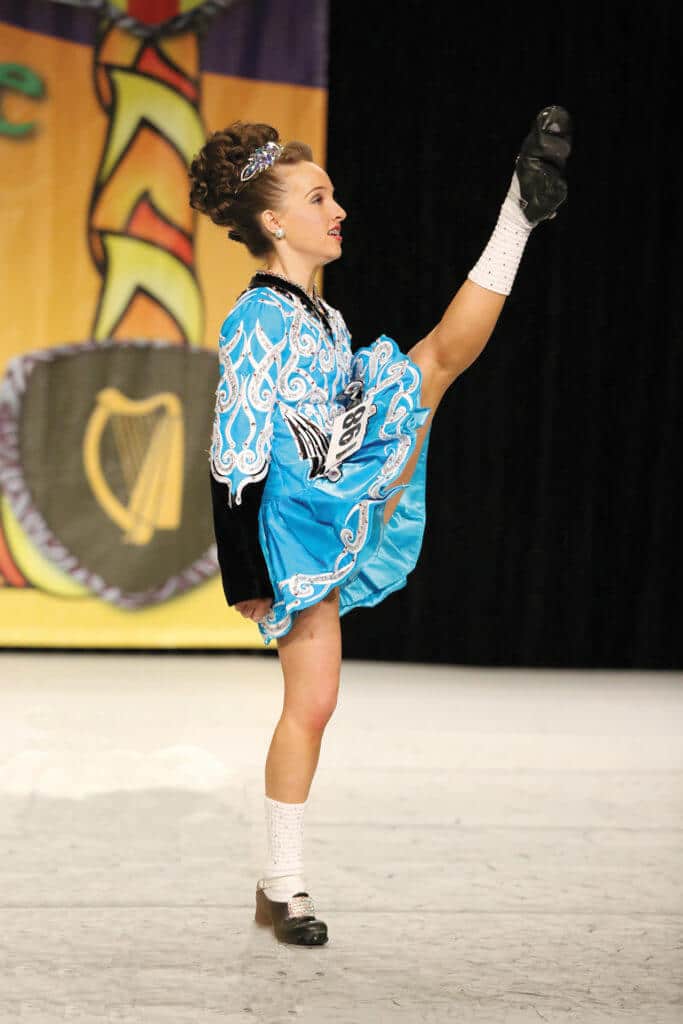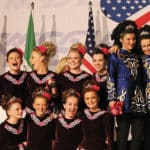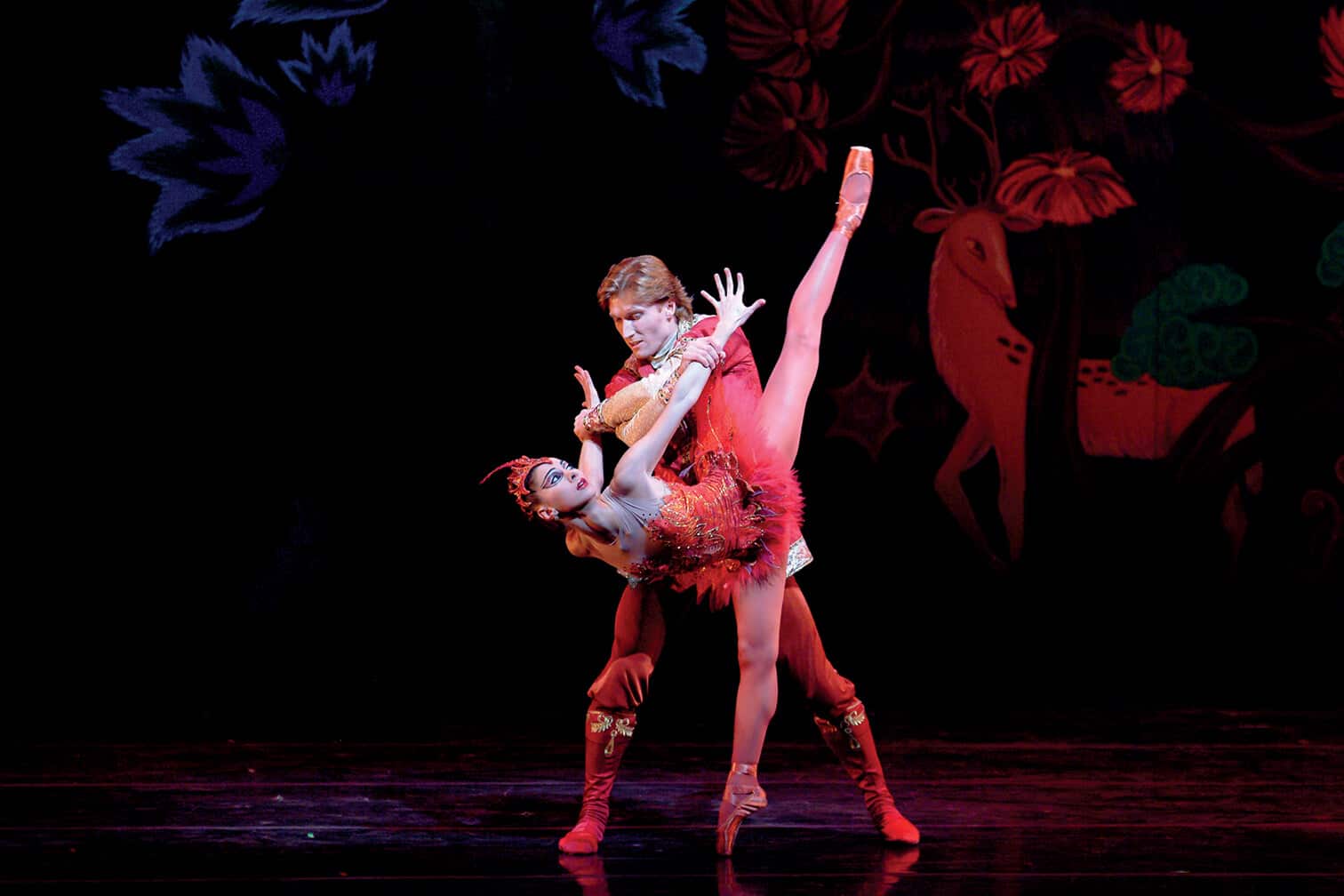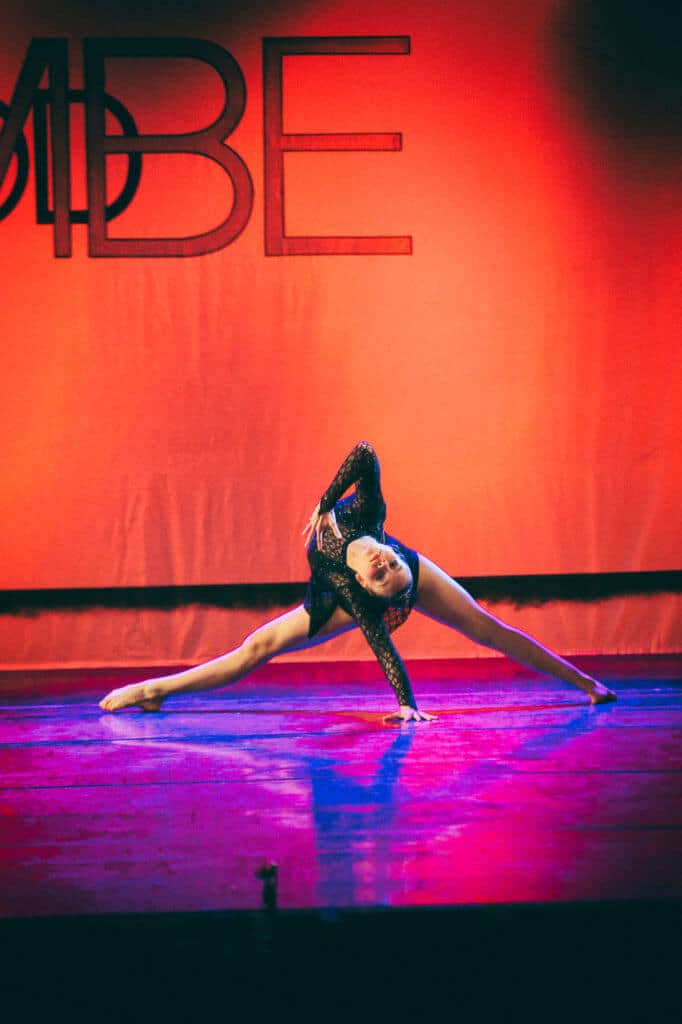Share this Post
Throughout March, you’re likely to see curly-haired young lasses leaping through parades, twirling in pubs and showcasing their dancing everywhere from preschools to retirement communities.
Katie Olson, 16, started Irish Dancing when she was in second grade. She tried ballet but found it a little ‘slow.’ Her mom, Nancy, had been taking a beginner adult Irish Dancing class at Inis Cairde School of Dance and thought her daughter would like to try it.
“My mom signed me up for a summer camp, and I was hooked.” Katie is now a five-time Worlds qualifying Irish Dancer, most recently qualifying for the World Championships this month in Scotland after placing 5th at the Southern Regional competition in Dallas, Texas. “I loved the music and how fast-paced it was,” she says.
Irish Dance became a national sensation with the 1998 Riverdance tour and has grown in popularity ever since.
In 2006, Inis Cairde and the Danny Tighe School of Irish Dance were the only two active certified schools in the Triangle. At that point, there were two TCRGs, or certified Irish Dance instructors. In the past decade, that number has quadrupled to eight certified instructors and several options for schools.
Irish dance is steeped in traditions from the Emerald Isle and is multi-faceted. It’s a performance art, a group activity for Irish gatherings (think square dancing) and a competitive sport similar to figure skating or a gymnastics floor routine.
On the competitive side, dancers are judged for style and skill at a competition called a “feis” (pronounced fesh). As dancers place into more advanced competition levels, they can qualify to compete at the regional competition called oireachtas (pronounced Oh-Rock-Tas). From there, the top dancers in each age group advance to regional and world competitions.
Here’s the look—from head to toe:
Ghillies: Soft shoes similar to ballet flats, almost always black, with long laces that wrap around the shoes and ankles.
Treble shoes or hard shoes: Also called Riverdance shoes (as an homage to the show of the same name), these hard-bottomed shoes are similar to tap shoes or clogs; their purpose is to create beats to complement the music’s rhythm.
The dresses: Each Irish Dance school has a school dress that is simple in design for beginning dancers. As a dancer progresses through competitive levels, she earns a custom dress called a “solo dress.” It’s an honor to make it to this level. Each dress is completely unique.
The hair: While they’re leaping, it’s hard to ignore those perfectly curled coifs on every dancer’s head. The secret: wigs. The tradition is rooted firmly in Ireland when dancing was a special and rare event reserved for days that girls wore their Sunday best and curled their hair. Dancing often meant meeting people from other villages for the first time or celebrating a wedding. They slept with rags in their hair to create ringlets. Over time, rags became rollers and, simply for convenience, dancers traded their rollers for wigs.
Get Started in Raleigh
You don’t have be Irish to dance like the Irish; age isn’t an obstacle either.
Remember, Nancy Olson took a beginning adult class; she never competed but did it for exercise and fun.
Her daughter Katie Olson says she sees girls of all ages start and, even if they want to compete, they can be successful.
“I met a girl who came to camp for the first time when she was 13. She had never Irish danced before. Three years later, she has been to Worlds on a team and has been to Regionals. So it doesn’t matter when you start, you can pick it up at any time,” says Katie.
Share this Post


